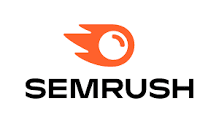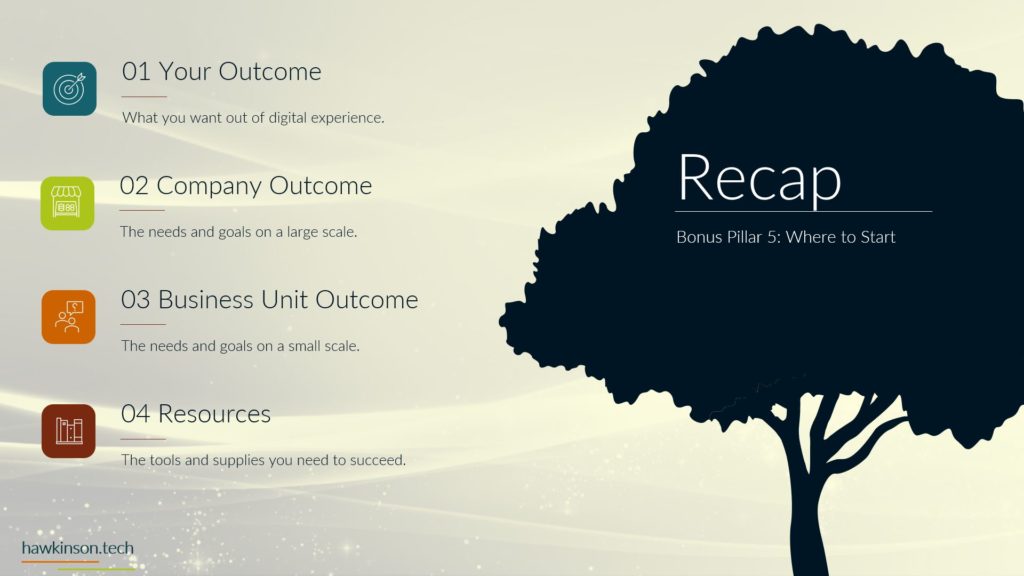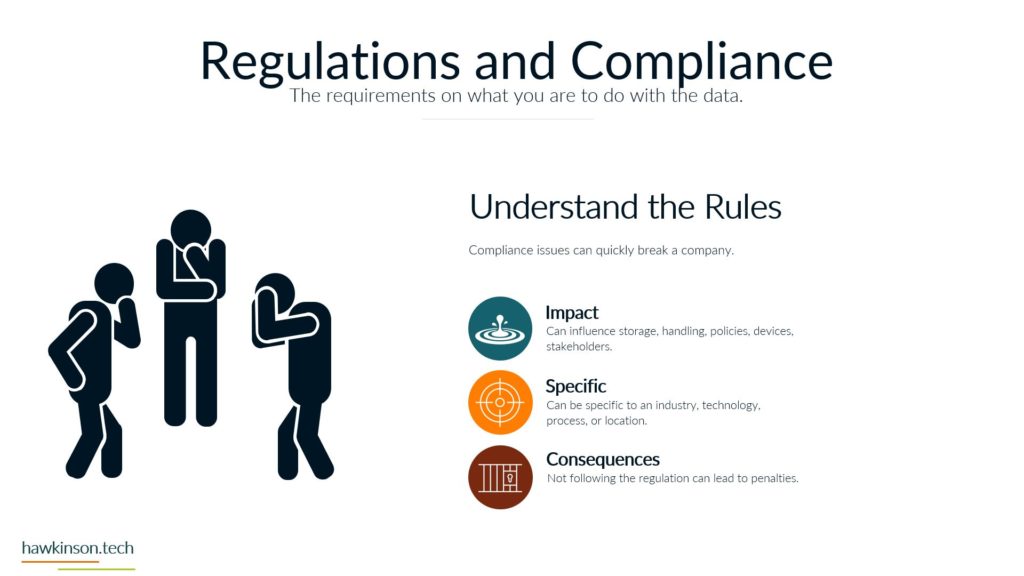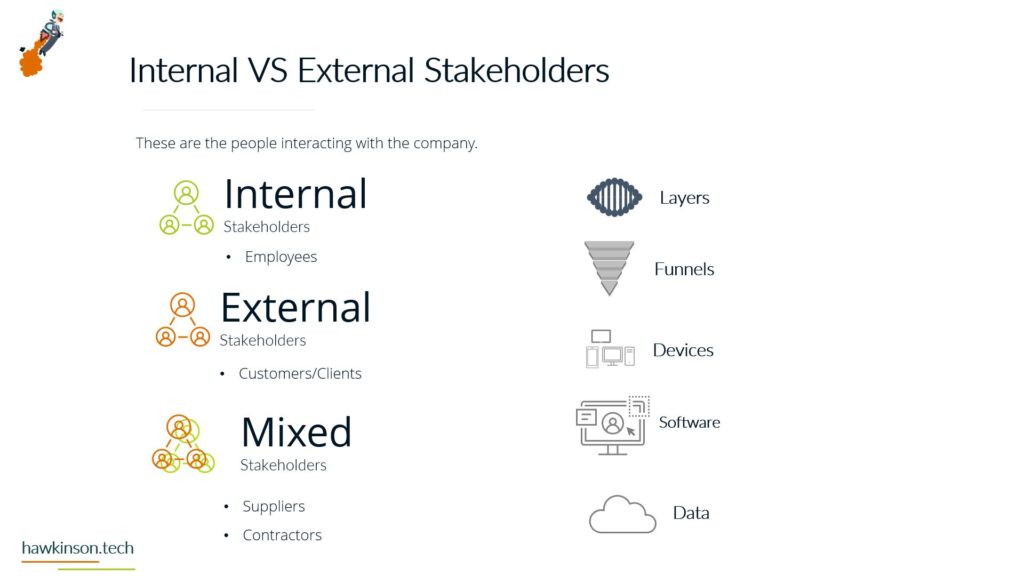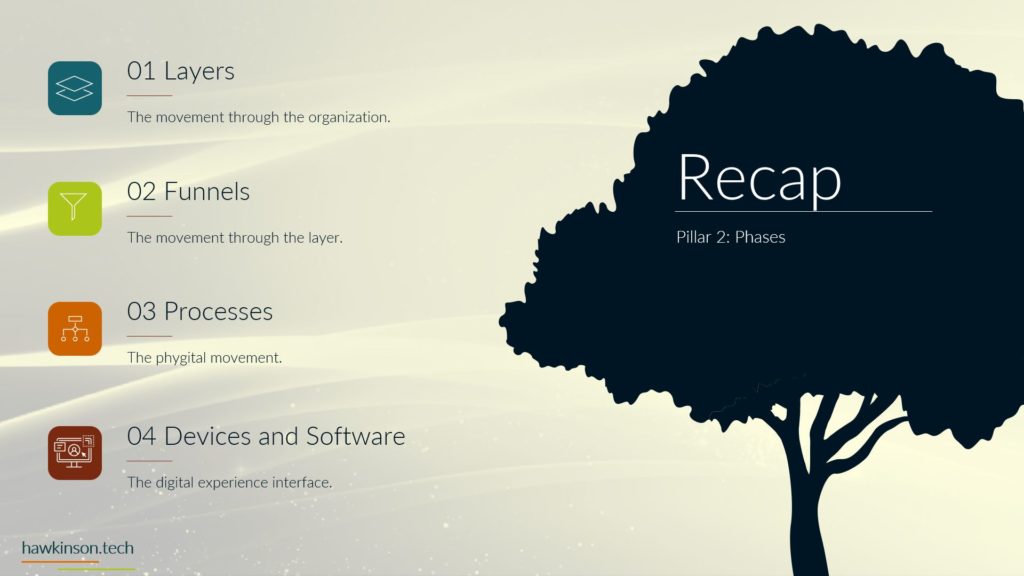UberSuggest is an SEO tool developed by Neil Patel. It offers various features to help website owners, marketers, and SEO professionals optimize websites, improve search engine rankings, and increase organic traffic.
Key Features
Keyword Research
UberSuggest offers search volume, keyword difficulty, and cost-per-click information while generating ideas based on your seed keyword. You may use this to find and choose the best keywords for your content and advertising.
Content Ideas
With the tool, you can explore fresh ideas for blog entries or articles and find high-performing material connected to your target keyword in your niche.
Backlink Analysis
With UberSuggest’s backlink analysis tool, you may examine your website’s backlink profile to learn about the quantity and quality of links leading to it. By doing so, you can comprehend your website’s authority and create efficient link-building plans.
Site Audit
Using the site audit feature, which checks your website for technical and on-page SEO issues like broken links, identical content, and absent meta tags, you can spot and address issues that can hurt your site’s speed and search engine results.
Other Features
- Email Support
- SERP Analysis
- Rank Tracking











